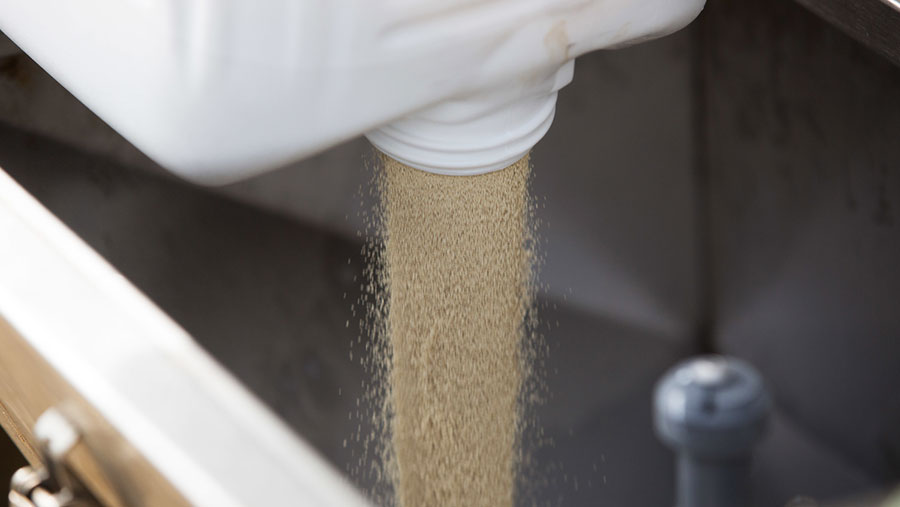Spud Watch: Blight creeps back into crops

Rain has at last arrived and in enough quantity to soak in right through the soil profile. This was much needed in the more cloddy areas of fields where emergence has been more variable.
Weed control in these areas has also been challenging, with applications of Titus (rimsulfuron) required to keep oilseed rape, cleavers, black bindweed, annual meadowgrass and even the odd blackgrass plant at bay.
In some situations I have been able to mix this with a blight spray, using the adjuvants in it to enhance the efficacy of the rimsulfuron.
See also: Rapidly assess potato size with new smartphone app
With moisture and warmth, crops are now developing rapidly and I would expect most maincrop varieties to achieve full ground cover by the longest day.
Second earlies in the West are already there and harvest of Maris Bard is well under way in Cheshire, with some very nice-looking crops. They even taste fantastic too.
Blight spray applications are in full swing. For the first couple of sprays I tend to go with products containing fluazinam – with or without cymoxanil, depending on blight risk. Then I switch to the tried-and-tested rapid growth sprays.
For a stable canopy I base my decisions on risk, also bearing in mind whether alternaria is likely to be a risk where lots of mancozeb is required.
Target dumps to limit spread of inoculum
Blight inoculum has to come from somewhere. In my experience, it is usually from dumps. Best practice is to avoid any haulm growth by covering with black plastic sheet, but this option is not always practical.
If growth has started, chemical control is the best option, either with a spray of diquat or glyphosate. If blight is visible, treatment with diquat will be the best option available for a quick kill.
Reglone (diquat) has an extension of authorisation for minor use (Eamu) to treat potato dumps using a knapsack sprayer and will give quick control. It can be applied twice to any pile at a maximum individual dose of 0.4ml/sq m.
If you use diquat, remember to download a copy of the Eamu from the CRD website for your records.
Glyphosate is slower acting and blight can still develop after treatment until the plant dies, so monitor haulm for signs of blight and use a follow-up treatment if more growth appears.

